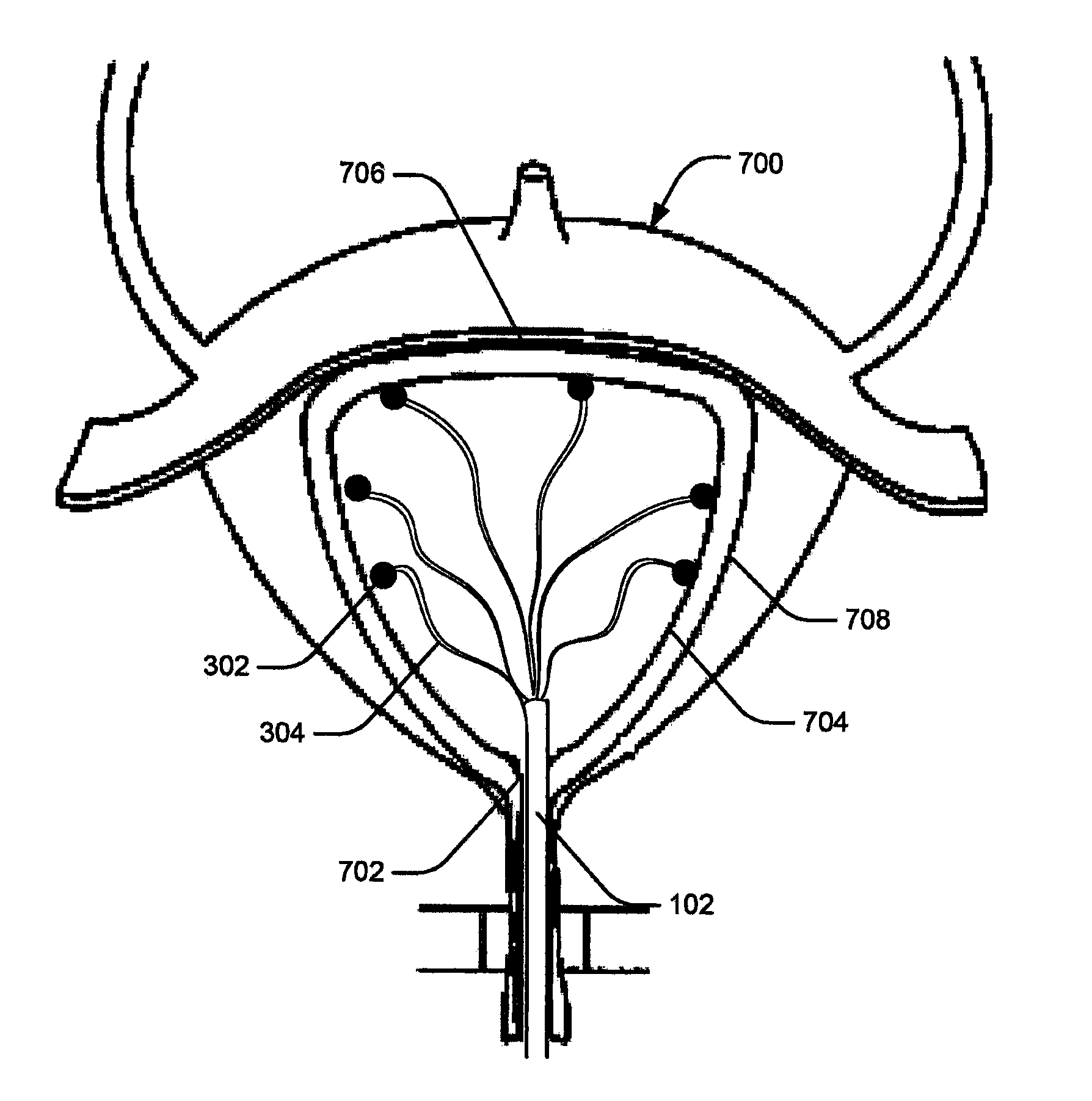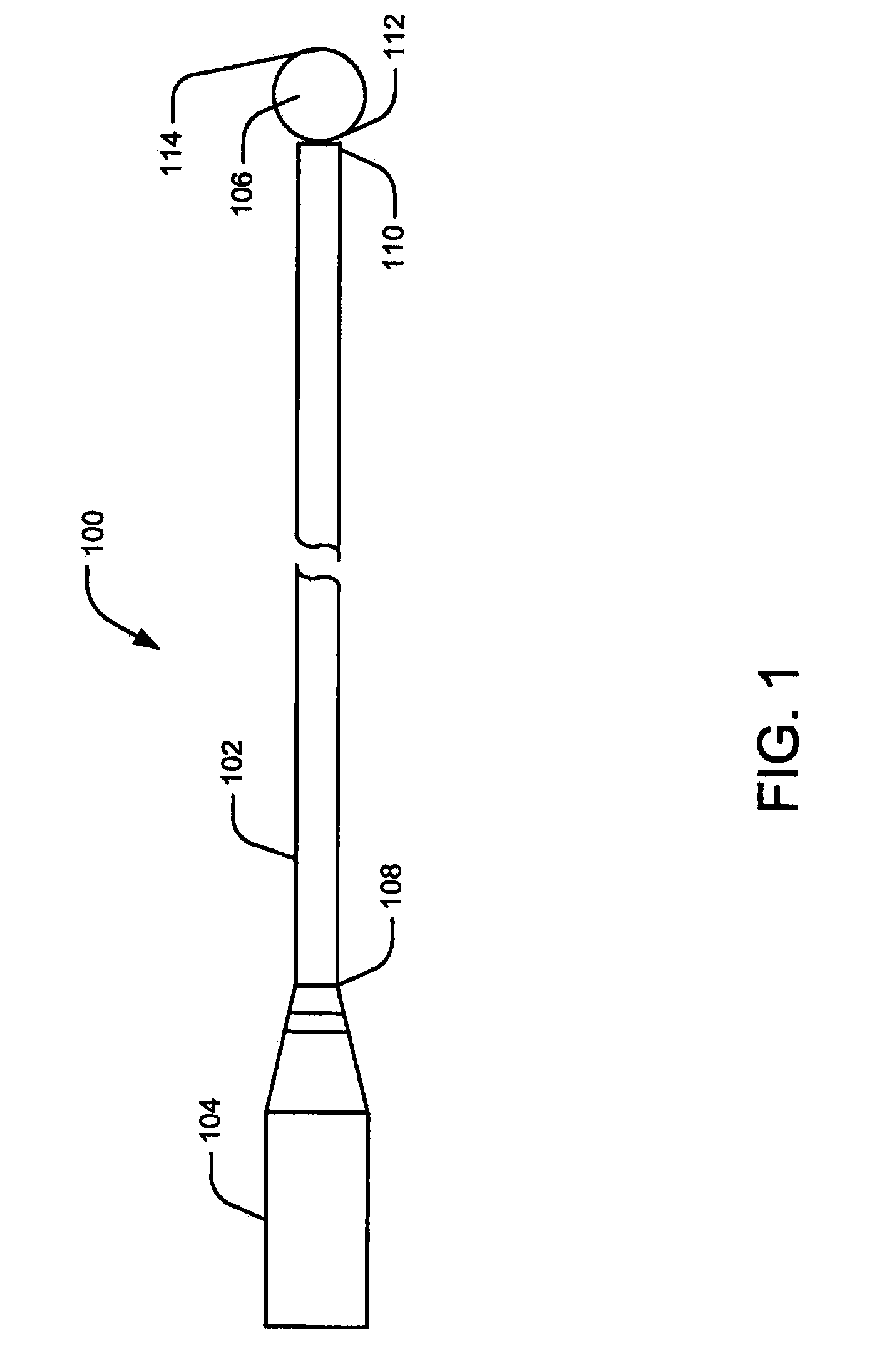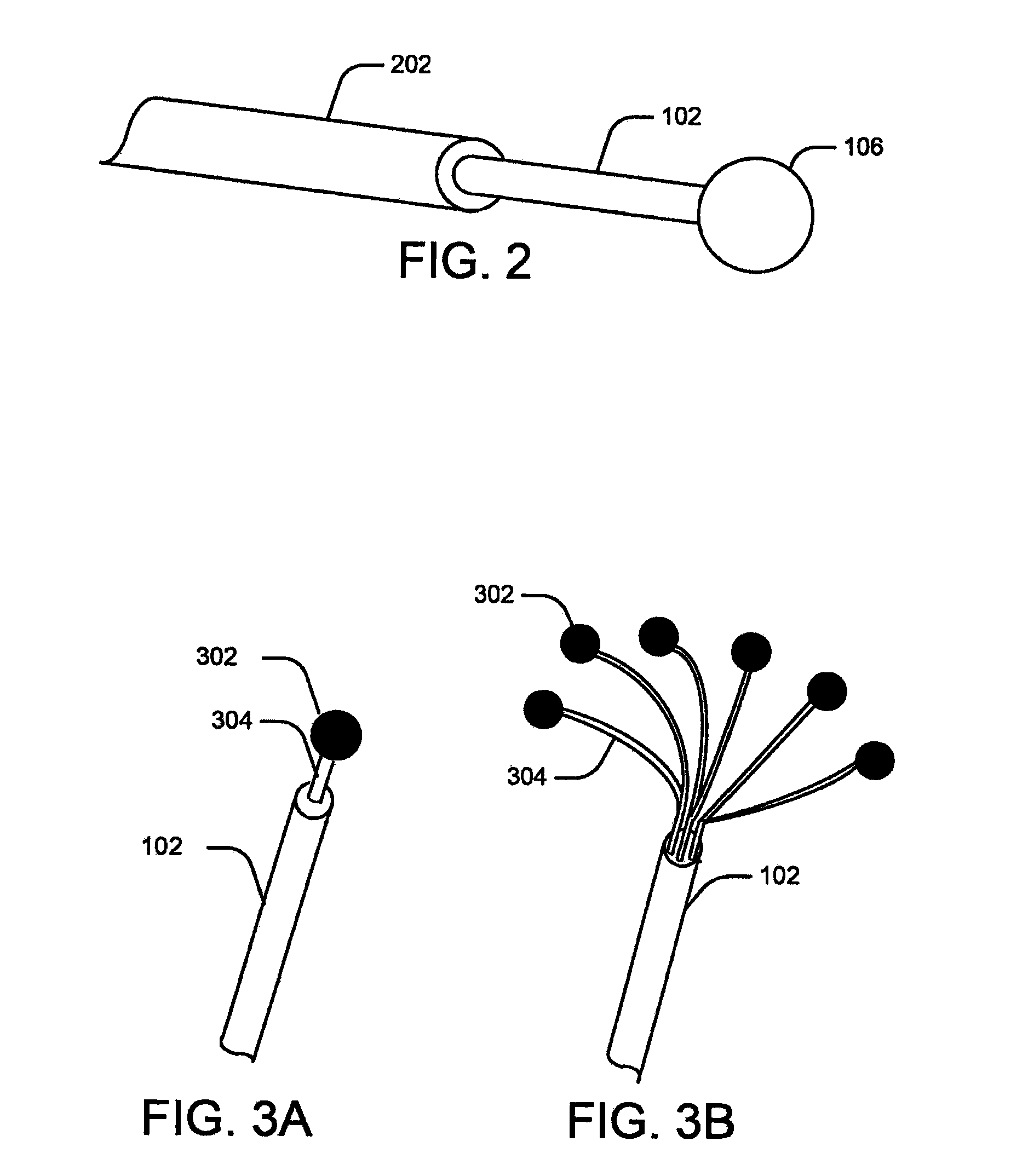Systems and Methods for Monitoring Organ Activity
a technology of organ activity and monitoring system, applied in the field of systems and methods for detecting urinary tract conditions, can solve the problems of ineffective primary treatment of approximately 40% of patients, difficult to treat patients in time to effect timely therapy, and still not well understood
- Summary
- Abstract
- Description
- Claims
- Application Information
AI Technical Summary
Benefits of technology
Problems solved by technology
Method used
Image
Examples
Embodiment Construction
[0028]Reference will now be made in detail to embodiments of the present disclosure, an example of which is illustrated in the accompanying drawings. Wherever possible, the same reference numbers will be used throughout the drawings to refer to the same or like parts.
Overview
[0029]Embodiments of the present disclosure relate to systems and methods for monitoring abnormal organ activity. To this end, some embodiments introduce a sensing element that may be positioned inside, outside, or around an organ, or implanted in organ walls to measure characteristics such as physical, mechanical, or biochemical changes associated with certain diseases. The various sensing element embodiments described here may be used to measure the characteristics of any body organ, such as the stomach, bladder, intestines, bowel, or urinary tract, without departing from the scope of the present disclosure. Moreover, the sensing elements may be inserted during medical procedures or they may be implanted to co...
PUM
 Login to View More
Login to View More Abstract
Description
Claims
Application Information
 Login to View More
Login to View More - R&D
- Intellectual Property
- Life Sciences
- Materials
- Tech Scout
- Unparalleled Data Quality
- Higher Quality Content
- 60% Fewer Hallucinations
Browse by: Latest US Patents, China's latest patents, Technical Efficacy Thesaurus, Application Domain, Technology Topic, Popular Technical Reports.
© 2025 PatSnap. All rights reserved.Legal|Privacy policy|Modern Slavery Act Transparency Statement|Sitemap|About US| Contact US: help@patsnap.com



